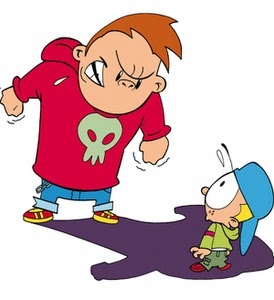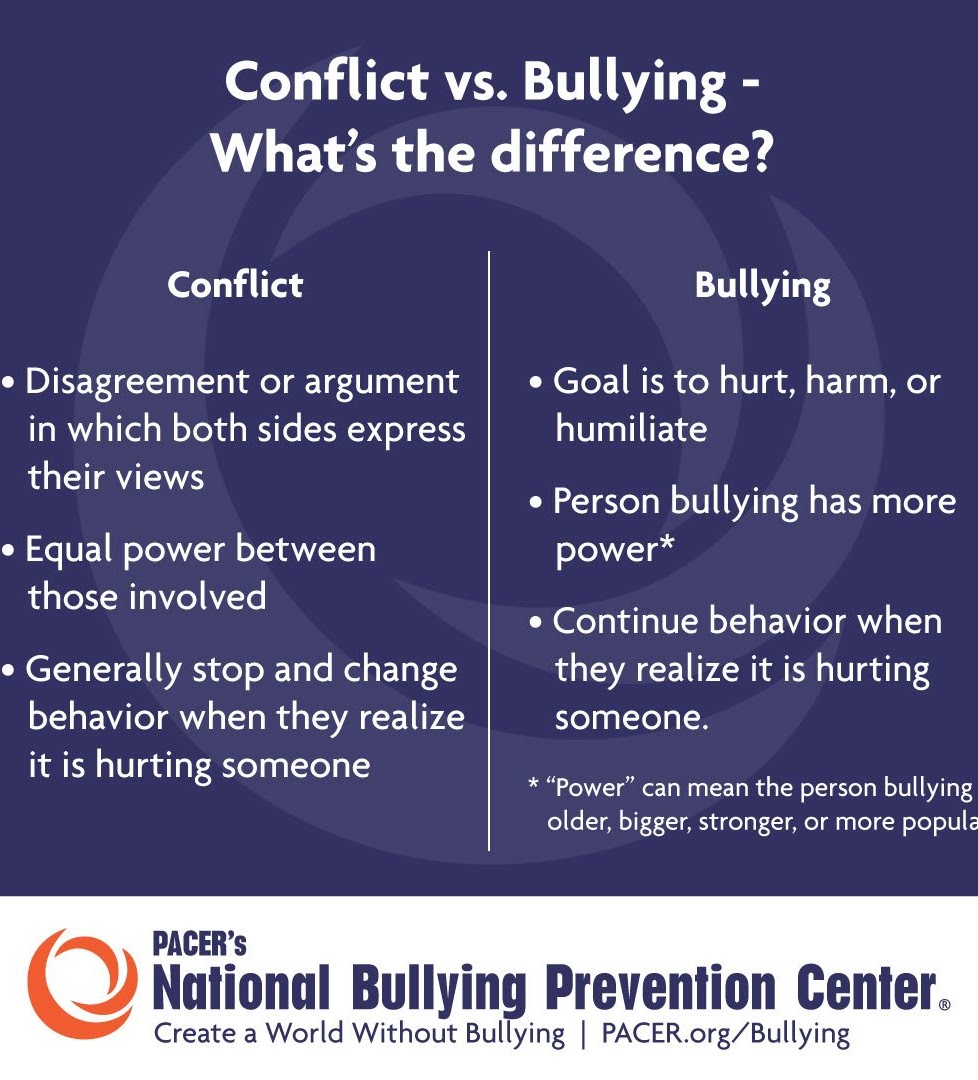Bullying & Cyberbullying
The American School Counselor Association defines Bullying as events that occur when a student or group of students engages in written or verbal expression through electronic means, or physical conduct that occurs on school property, at a school-sponsored or school-related activity, or in a vehicle operated by the district that:
Has the effect or will have the effect of physically harming a student, damaging a student’s property, or placing a student in reasonable fear of harm to the student’s person or damage to the student’s property; or
Is sufficiently severe, persistent, and pervasive enough that the action or threat creates an intimidating, threatening, or abusive educational environment for the student.
This conduct is considered bullying if it:
Any student who believes that he or she has experienced bullying or believes that another student has experienced bullying should immediately report the alleged acts to a teacher, counselor, principal or other district employee.
The report may be made orally or in written form. The administrator will investigate the allegations, contact the appropriate parents, and produce a written report of the findings.
Sexting
Definition: “Sexting” is generally defined as “the sending or receiving of sexually explicit or sexually suggestive images or video via a cell phone.” In Texas, the definition is much broader. Sexting includes any possession and/or electronic transmission by a minor (age 17 and under) of visual material capturing a minor engaged in sexual conduct which includes still photographs of private body parts.

Conflict vs. Bullying: What’s the Difference?
Teen Perspective:
In one way or another, conflict is a part of everyday experience. Even if it is something small, which it typically is, there is the constant navigation of the complexities of human relationships. This is normal, and minor conflicts typically don’t make someone feel unsafe or threatened.
The questions to ask yourself when you are unsure about the tone of a certain conversation or encounter to determine if it is bullying include:
Are we equals in this situation?
Do I feel victimized or targeted by an individual or a group?
Do I feel safe?
Do I feel that the person or group has intentionally hurt or humiliated me?
Sometimes, it can be easy to minimize a bullying situation because you don’t really want to deal with the realities of what is happening to you. It is easy to get into a pattern of qualifying bullying as conflict in order to avoid facing the actual problem, when really it is something that you don’t deserve and something that requires outside intervention. It can be helpful to ask these questions to yourself, as it can help you sort out the reality of your particular situation.

